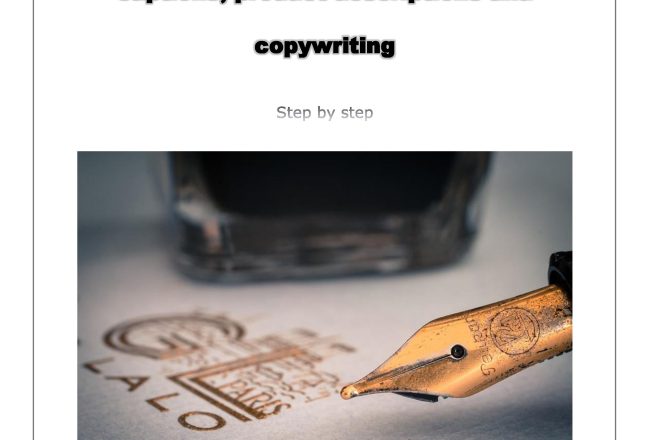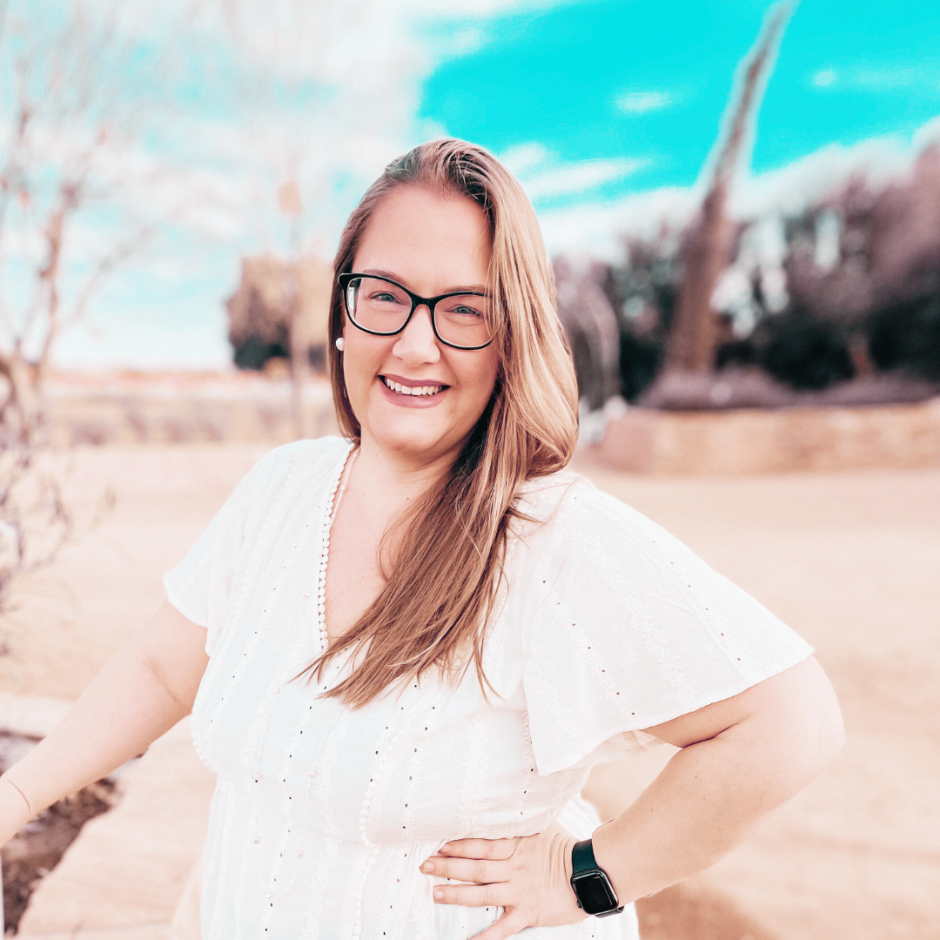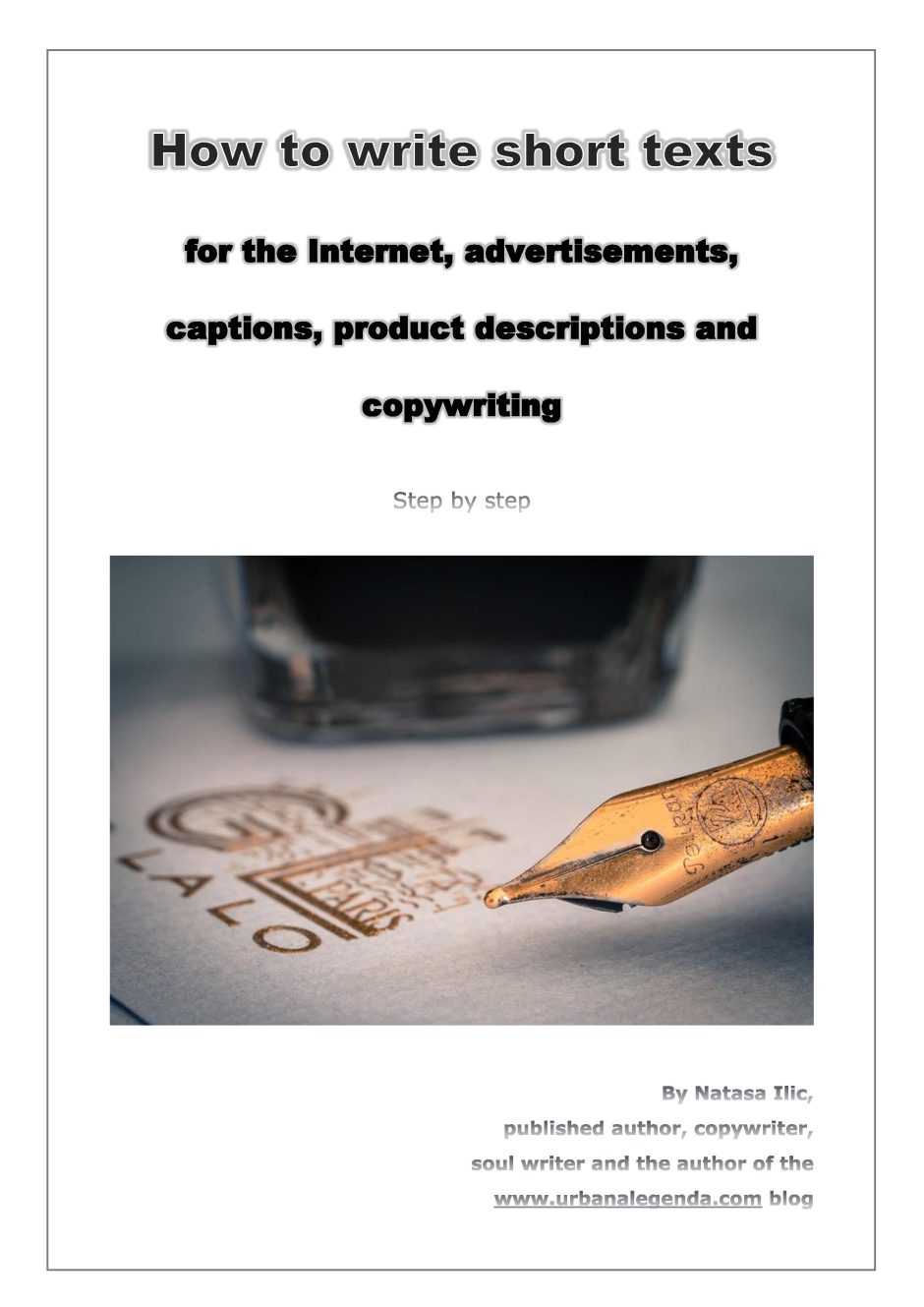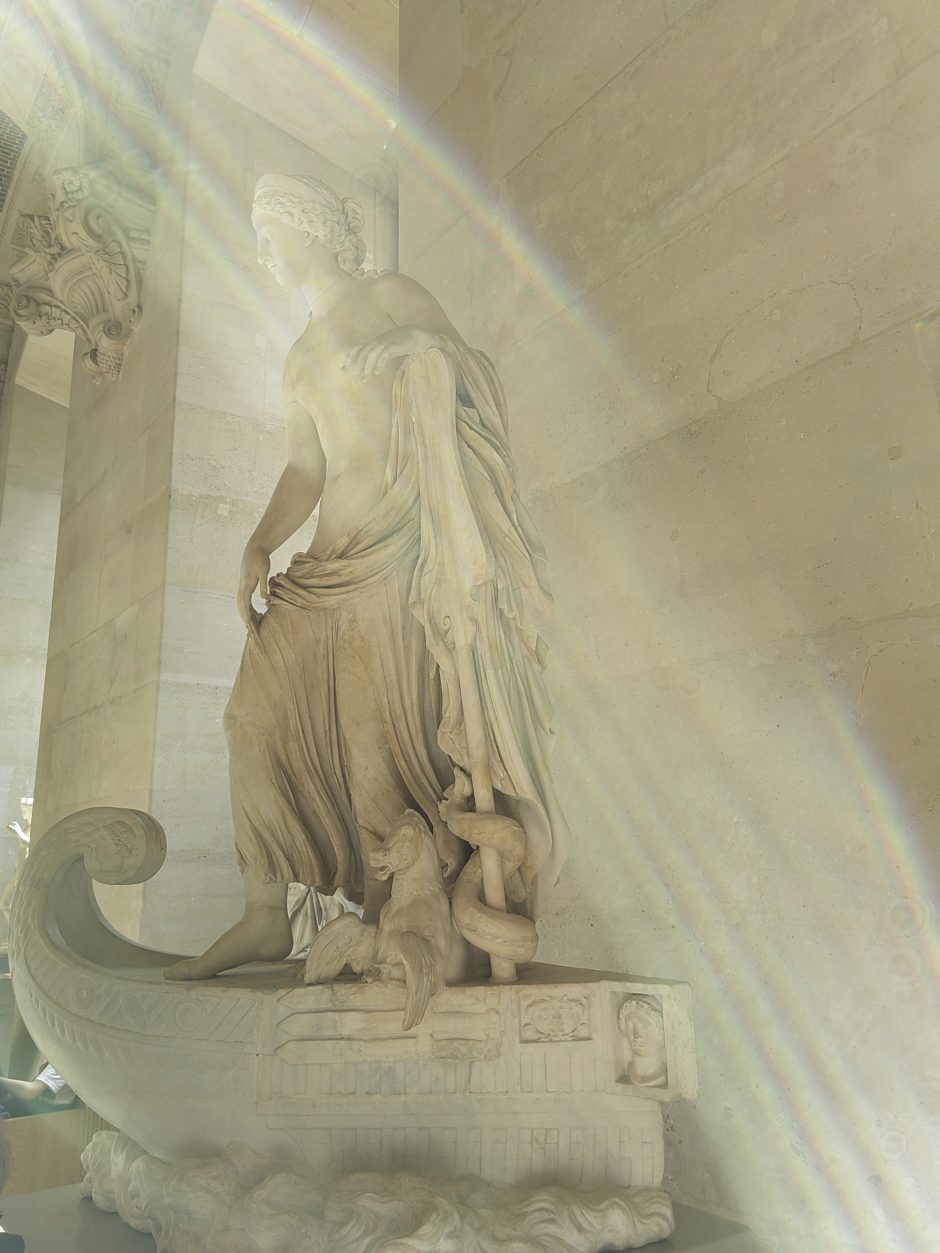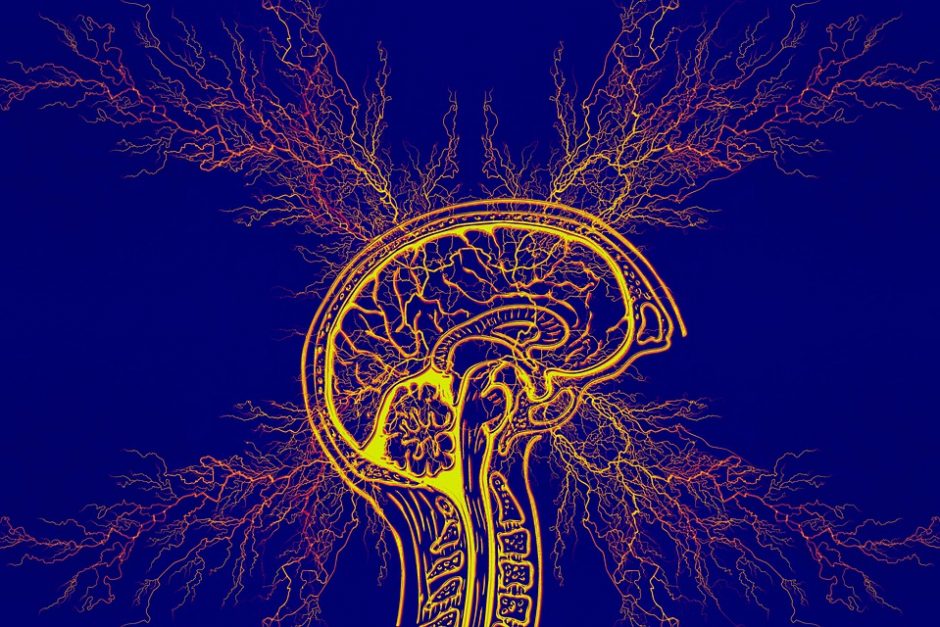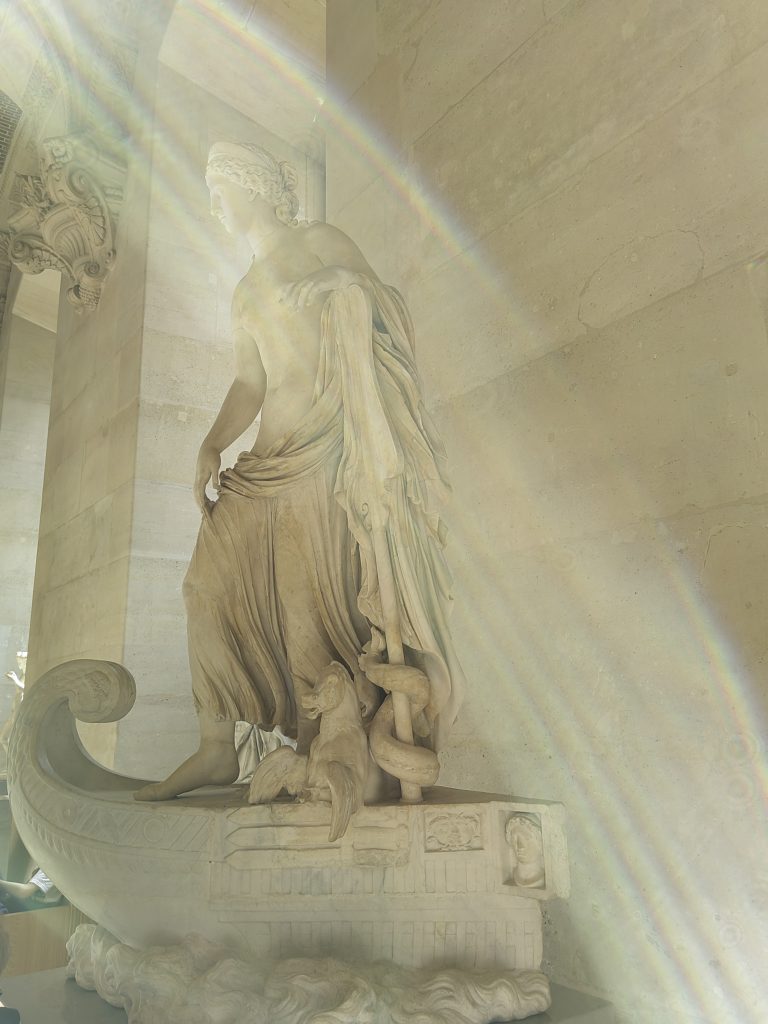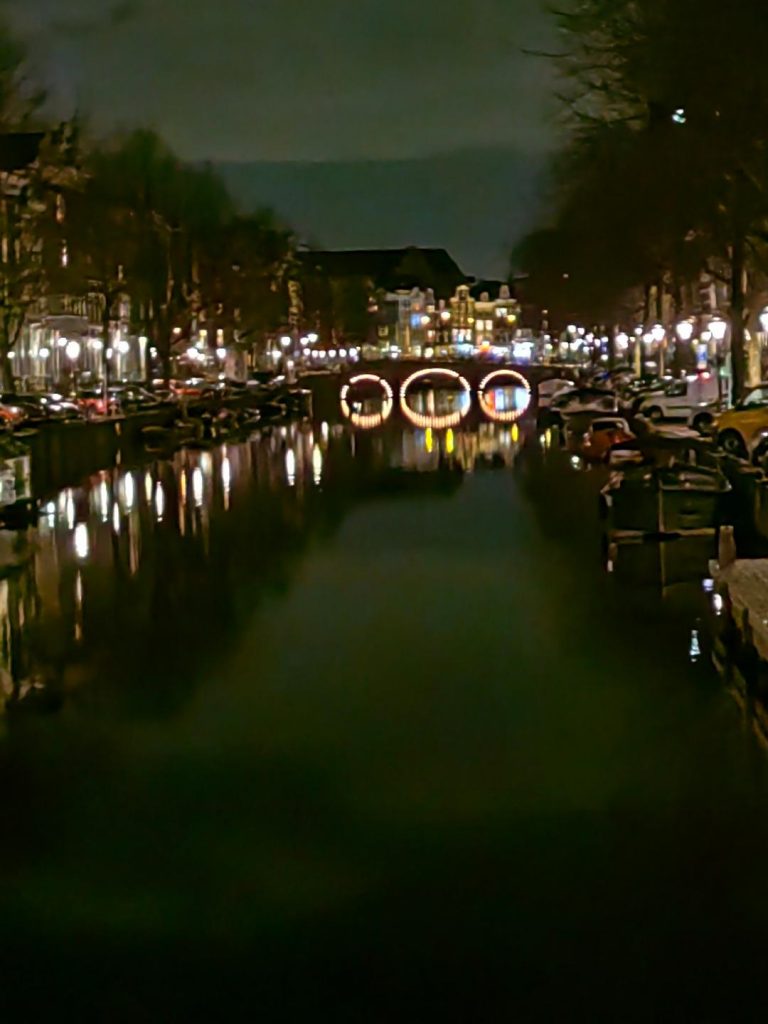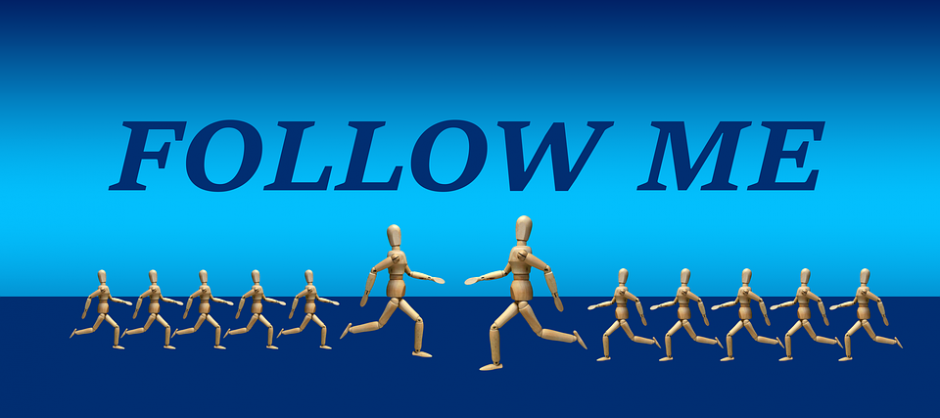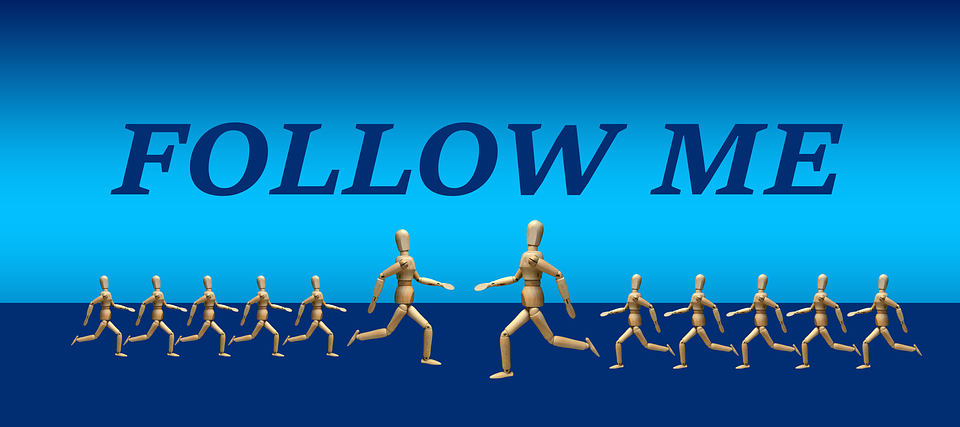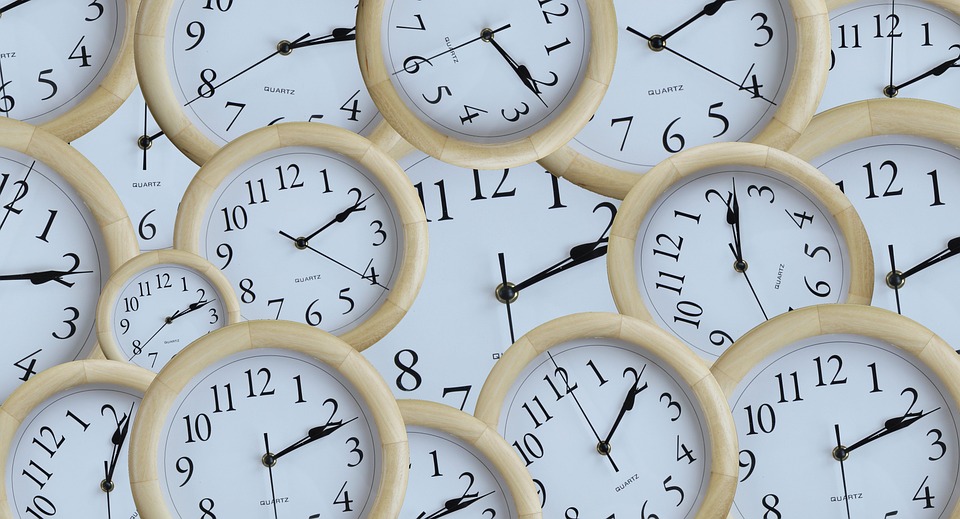Kami Schatz: Holistic business growth coach – Owner of Efficiency Powerhouse Solutions
Kami Schatz is a published author, business owner and mom. She is a seasoned holistic business coach and consultant based in Illinois, United States. With a Bachelor’s in Psychology and a Master’s in Industrial & Organizational Psychology, Kami has spent years helping entrepreneurs and business owners achieve sustained growth and success through her unique Entrepreneurs Continuous Improvement Method.
When she’s not working, Kami enjoys hanging out with her sons, cats, going on road trips, immersing herself in a good book and eating Mexican food. Her passion for helping others and her strategic approach make her a valuable ally for anyone looking to start, grow, and balance their business.
Connect with Kami
IG @epscoaching
yourcoach@kamischatz.com
1. How would you describe yourself in four words?
Innovative, Servant-Leader, Compassionate, Strategic.
2. You are a successful coach, but what most people don`t know is that you are also a psychologist. What was the main subject of your studies and how do you implement that knowledge into your coaching business?
While in college, I obtained a Bachelors in Psychology and a Masters Degree in Industrial & Organizational Psychology, I even went as far as completing a few years of my doctorate program.
While in school, my main area of study was Industrial and Organizational Psychology. This field focuses on understanding human behavior in workplaces and organizations. I focused my research on burnout within the organization and whose responsibility it was to help provide the tools and strategies to reduce it within the organization and the people working for them. Today, I implement this knowledge by helping my clients create effective organizational structures, improve team dynamics, and develop leadership skills. By understanding the psychological principles behind motivation, behavior, and performance, I can tailor my coaching strategies to address both the emotional and practical aspects of starting, running and growing a business.
3. What percentage of coaching involves psychological support and how much focuses on learning new skills?
In my coaching practice, I would say it’s a balanced mix: about 80% psychological support and 20% skill development. Psychological support includes helping clients manage stress, build confidence, and develop a growth mindset. Skill development involves teaching practical business strategies, marketing tactics, and productivity techniques. Both aspects are crucial for achieving sustainable success. My belief has always been, building a business is easy, the hard part is the people within the business. I spend most of my time with the ones leading the business because they have their own personal roadblocks we must work through so they can achieve their business goals. Then we trickle down the same coaching to their team. I end up teaching the leader to coach their teams. It’s fun and I love it.
4. We understand that you utilize a unique method to achieve goals: The Entrepreneurs Continuous Improvement Method. Could you elaborate on it?
Although I use different techniques and methods in my coaching, I developed “The Entrepreneurs Continuous Improvement Method” specifically designed to help entrepreneurs and business owners achieve sustained growth and success. Inspired by the principles of the Balanced Scorecard, this method integrates self-awareness, strategic planning, time management, consistent execution, and regular review into a cohesive approach.
5. Do we currently live in a „goal-oriented digital society,“ and how does your System method provide relief for entrepreneurs who are burdened by the pressures of success, likes, popularity, and profit?
Yes, we do live in a highly goal-oriented digital society where the pressure to succeed can be extremely overwhelming. It’s like being in Las Vegas, where the lights are on 24/7, making it hard to step away and care for ourselves. The Entrepreneurs Continuous Improvement Method provides relief by emphasizing balance and sustainability.
This method helps entrepreneurs focus on meaningful goals rather than getting caught up in vanity metrics like likes and followers. By promoting self-awareness and strategic planning, the Entrepreneurs Continuous Improvement Method ensures that entrepreneurs prioritize their well-being and long-term success over short-term gains.
Ultimately, we focus on what needs to be done for us personally and for the business simultaneously. I believe in maintaining a well-balanced life, ensuring that every aspect of our lives is given the attention it deserves. Unfortunately, I learned this the hard way many years ago and have been on a mission to help others unlearn the unneeded and most of the time, unrealistic pressures.
6. Many of us aspire to be productive, and numerous coaches discuss it. What are the real obstacles/distractions when it comes to productivity?
In my opinion, most of us want to be more productive, and I agree with you when you say „many coaches discuss it” but what I have found is many coaches have not mastered it. I don’t claim to be a master, there are days when I am not as productive as I had planned when I woke up.
However, I have learned a few tricks along the way that have helped me and many of my clients. I do work with a lot of clients who have been diagnosed with ADHD and with each client, it seems as though we tweak the productivity hacks because the obstacles/distractions can be different for each person.
Here are the big ones:
- Procrastination: We often delay tasks because we’re afraid of failing or just can’t find the motivation to start.
- Distractions: Social media, emails, and other interruptions can easily break our focus and derail our day.
- Lack of Clear Goals: Without well-defined, actionable objectives, it’s hard to know what to prioritize and where to start.
- Poor Time Management: Inefficient use of time and failing to prioritize tasks can lead to feeling overwhelmed and behind.
- Burnout: Overworking without taking the time to rest and recover can lead to exhaustion and decreased productivity.
By understanding these obstacles, we can start to address them and improve our productivity.

7. What are the main qualities that one needs to develop and strengthen in order to truly be productive and successful?
Wow, this is such an easy but also very complicated question to answer. So let me break it down like I would to my young son or a brand new business owner. It is always easier said than done, like going to the gym everyday.
In my opinion, to be truly productive and successful, one needs to develop:
Discipline: Consistently following through on commitments and tasks.
Focus: Maintaining concentration on goals and priorities.
Resilience: Overcoming setbacks and staying motivated.
Adaptability: Being open to change and willing to adjust strategies.
Self-Awareness: Understanding personal strengths and weaknesses.
8. When tackling tasks, should we start with the difficult ones or the easy ones, and why?
Most coaches tell you to “eat the frog” and do the hardest tasks first. They are not wrong, sometimes this is what is needed when I am looking at day to day tasks.
Then other times, when I am looking at the bigger picture of what is needed to complete, I prefer to use the Eisenhower Matrix. I have been using this now with clients and it has been the most successful.
The Eisenhower Matrix (Priority Matrix) prioritizes tasks based on their business impact and ease of execution. Start with the highest impact and easiest to execute tasks first.
Avoid spending too much time in Quadrant 1 (Urgent/Important) as this is the
„firefighting“ mode which can lead to burnout. Quadrant 3 (Not Urgent/Not Important) tasks can be delegated to others, handouts, or websites.
The most important is Quadrant 2 (Not Urgent/Important) – the Planning Quadrant. Spend time here planning and preparing for potential issues to avoid them becoming urgent fires later. Reflect on Quadrant 1 situations and how to better handle them next time. Also, use this space for goal setting and scheduling your time.
Be wary of Quadrant 4 (Urgent/Not Important) distractions like social media that can eat up valuable time better spent on priorities. If you have spare moments, tackle items from your Quadrant 2 to-do list instead.
9. What are your current goals and projects you are working on?
My current projects and goals include expanding my coaching programs to reach more women entrepreneurs and developing an online community to provide accessible training on business and personal growth strategies. One of my most exciting projects, my “eat that frog” task, is launching a new podcast to help entrepreneurs fill in the gaps of doing business online.
In today’s world, it’s more important than ever for business owners to have a strong online presence. I think we can all agree on this after the events of 2020. My mission is to help brick-in-mortar businesses keep their doors open and ensure online businesses have the information, skills, and understanding of why a strategic online presence is crucial for their marketing and sales success and how to confidently grow their business using the most popular free or low cost platforms to help generate additional business.
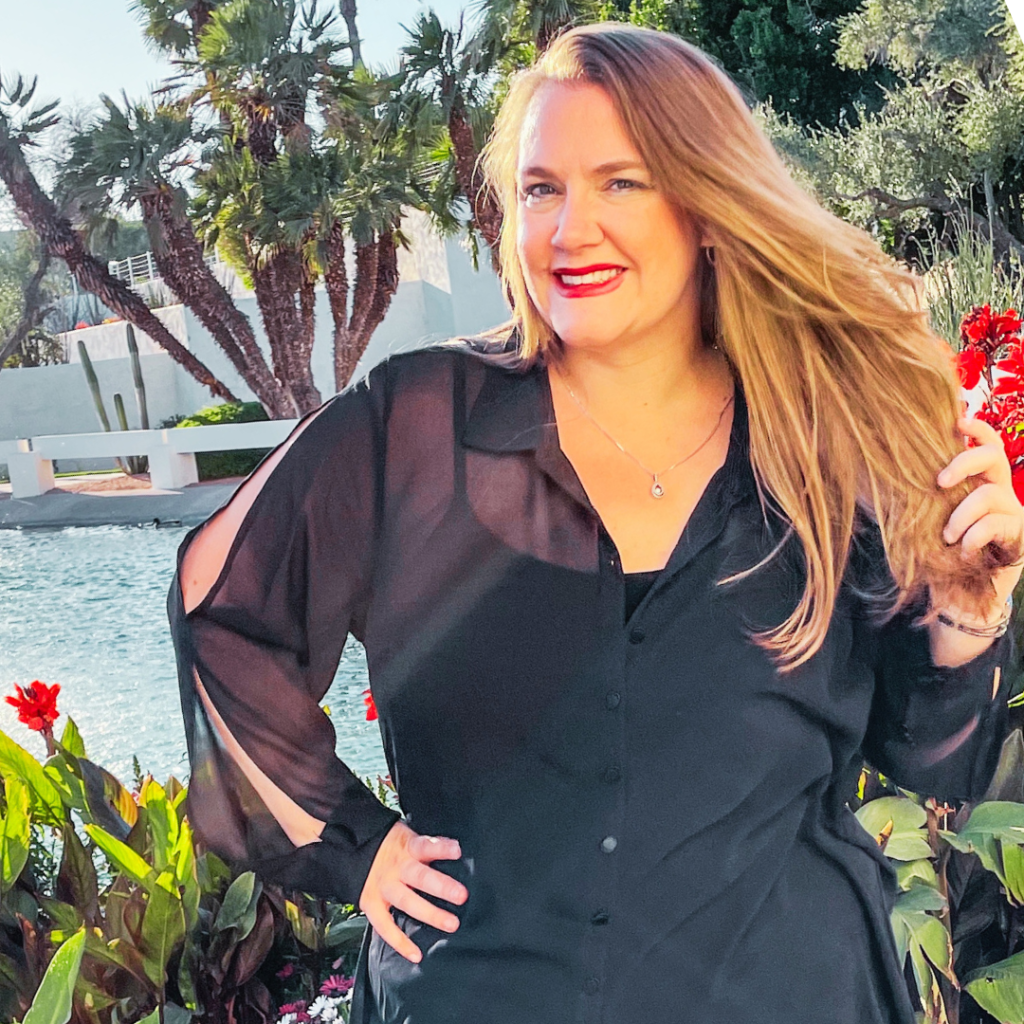
10. Do you have a message for my readers? Perhaps something you’ve learned from your work experience, an idea, or a guiding principle that influences your work?
My message to your readers is this: Have a huge „why“! Why do you want it?
Why is it important to you? I like to ask the question „why?“ 17 times, building on each answer to get to the real root of my why. Your why has to be bigger than just paying off debt, bigger than wanting to travel, and bigger than yourself. Your why will be your guiding light when it gets hard and you want to give up.
Embrace your journey with patience and perseverance. Success is not a straight line but a series of ups and downs that teach you invaluable lessons. Stay true to your vision, prioritize your well-being, and remember that you don’t have to do it alone. Seek support, stay adaptable, and celebrate every step forward, no matter how small. Your potential is limitless when you combine self-awareness with strategic action.
Most importantly, it’s okay to take a break, pivot, and ask for help—but don’t give up on your why.
11. How do you stay motivated and inspired as a coach and entrepreneur?
As a coach and entrepreneur, staying motivated and inspired is crucial. I find inspiration through continuous learning and personal growth. Reading books, attending seminars, and engaging in mastermind groups with other successful entrepreneurs keep me energized. Additionally, seeing the progress and success of my clients fuels my passion and commitment. Celebrating their wins, no matter how small, reminds me of the impact we’re making together. I also prioritize self-care, ensuring I maintain a healthy balance between work and personal life to prevent burnout and stay motivated.
12. What advice would you give to someone just starting their entrepreneurial journey?
For anyone just starting their entrepreneurial journey, my advice is to start with a clear vision and a strong „why.“ Understand why you are embarking on this path and what you hope to achieve. Be prepared for challenges and setbacks; they are part of the journey. Surround yourself with a supportive network of mentors, peers, and coaches who can provide guidance and encouragement. Focus on building a solid foundation for your business with clear goals, effective time management, and a commitment to continuous learning. Remember to celebrate small victories along the way and stay adaptable to change. Lastly, don’t be afraid to ask for help and leverage the expertise of others to grow and succeed.


